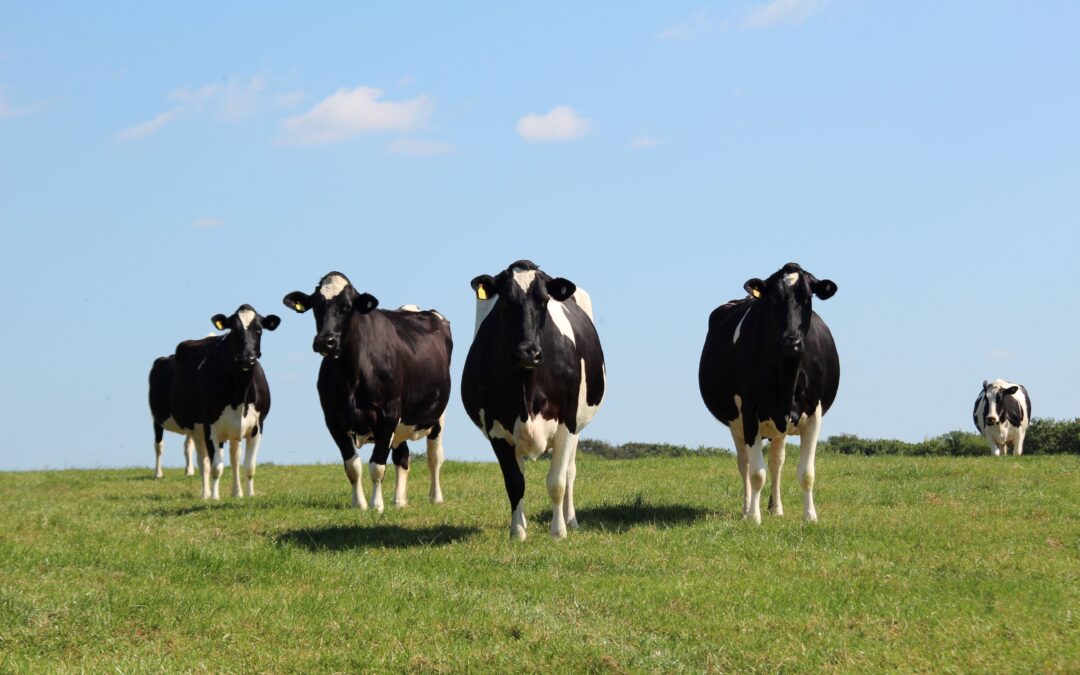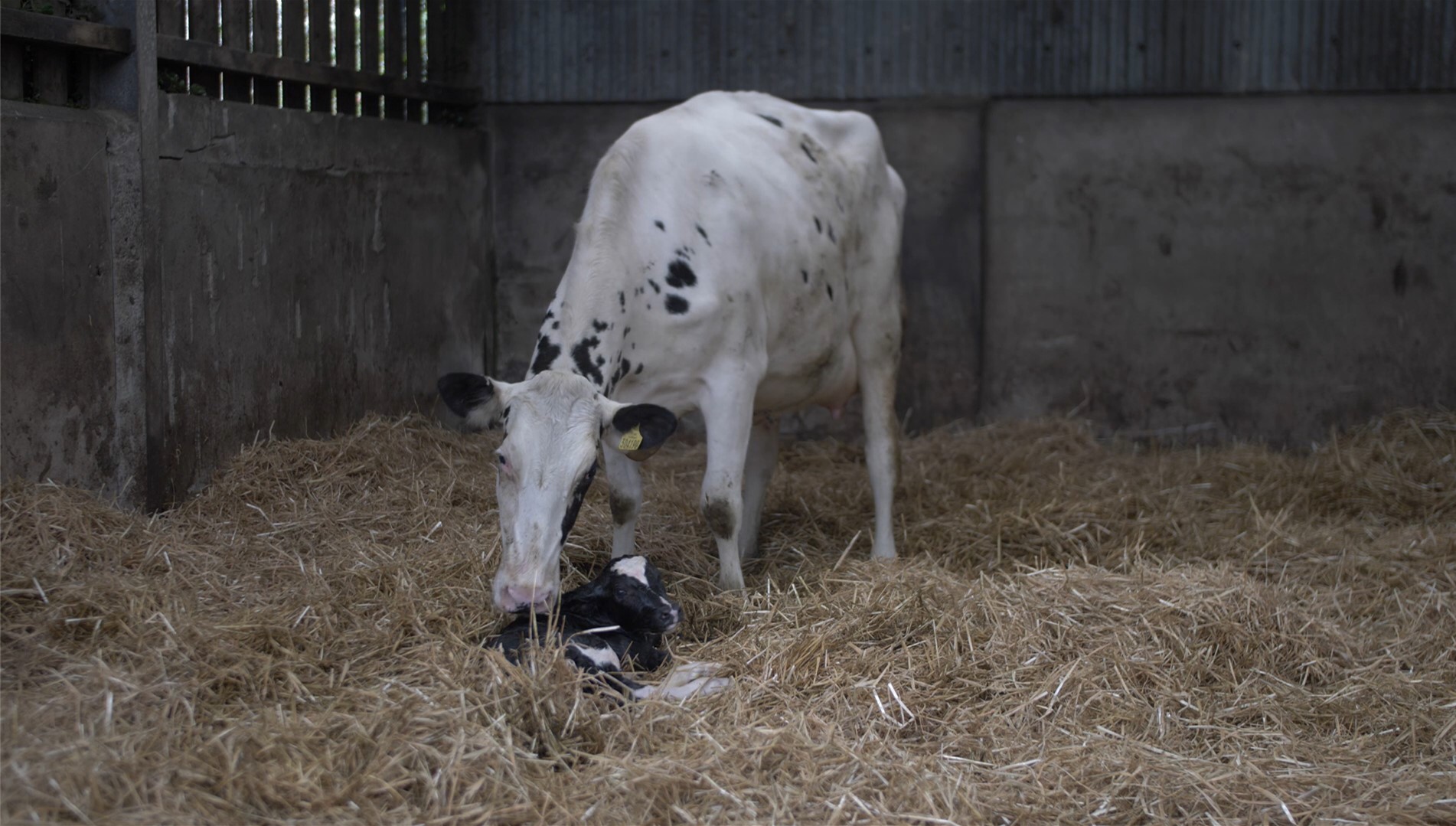The most important cows on your farm
How do you feed your dry cows and prepare them for a good start in their next lactation? Ask 10 dairy farmers this question, you could easily get 10 different answers depending on a wide range of factors including breed of cow, average yield, time of year, forages available at the time, housing limitation, work load and so on.
Whatever you do, the basics remain the same. Assessing the condition score of your cows regularly is essential. A condition score of 2.75-3 is ideal at the end of lactation going into the dry period. Fat cows will always cause you more problems than ones on the leaner side. Metabolic issues at calving such as, milk fever, ketosis, displaced abomasum, retained placenta and metritis are all more common in fatter cows.
Feeding a diet that contains plenty of fibrous material to maintain rumen capacity through the dry period will help increase the cow’s intake after calving, helping to alleviate energy deficit in early lactation. To ensure cows can make the best possible use of early lactation rations and minimise early lactation energy deficits, some concentrate feeding in the later stages of the dry period will help condition rumen microbial populations. Take advice from your Feed Specialist about the right concentrate to feed on your farm. Aim for a diet with enough energy for the size and breed of the cow with a protein level of 14%.
Correct mineral feeding in the dry period is also important. Feed a specific dry cow mineral in whatever form suits your system and feed a low calcium diet pre-calving to improve the efficiency with which dietary calcium is absorbed and stimulate increased mobilisation from bone to help reduce the incidence of milk fever.
Try to avoid stress around calving. Moving cows into different groups or separate housing when they are close to calving can cause stress, so it is better to get them settled into a group 2-3 weeks prior to calving and only move them again after they have calved.
Another very important reason for assessing your dry cow rations and procedures is to produce good quality colostrum for the calf. The immunoglobulins in colostrum that the calf relies on to fight infections in the crucial hours immediately after birth are secreted 3-7 weeks before calving. Management of cows in this period needs to be carefully considered to ensure that the calf gets the best start possible.
New born calves
In the first weeks of life, a calf depends on the absorbed antibodies received through drinking colostrum. To enable this absorption, the gut from the new born calf is temporarily ‘open’ for these large immunoglobulin antibodies to pass through. This starts to close in the first six hours of life so making sure that calves get 3-4 litres in the first 6 hours of good quality colostrum as soon as possible.
Getting a brix meter to test colostrum quality will help you get some idea if your dry cow management is right. Ask your vet about testing total protein levels in your calves to assess the effectiveness of your new born calf procedures and the calves immune system status.
Giving the calf the best start means getting enough milk into it to keep energy levels high. The calf’s passive immunity from the colostrum starts to drop away within a week of birth and its active immunity does not kick in until around two weeks old, meaning there is an immunity deficit when calves are more vulnerable to infections. Keeping energy levels high will help the calf fight off these infections in this period.
A calf will easily drink 3-4 litres of milk per feed so don’t skimp on feeding in this period. Make sure you are feeding a good quality milk powder which does not contain ingredients that the calf cannot digest. Calfpride Glow with Bio-Mos (gut conditioner) is our best-selling whey powder that will give your calves a good start in life.
Your Feed Specialist will be pleased to advise and help you with looking at your dry cow management plan.







